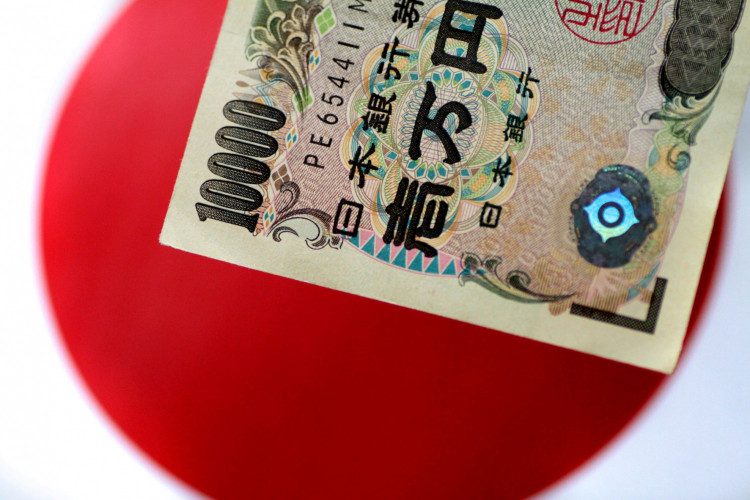As the traditionally safe-haven Japanese yen takes a tumble, the Japanese public is turning to gold to hedge against inflation, pushing domestic gold retail prices to historic highs.
Recent reports indicate that Tanaka Kikinzoku, viewed as a benchmark for Japanese gold retail prices, saw its counter sales price breach the 10,000 yen per gram mark on September 5, reaching 10,100 yen per gram. It maintained this high level, with the price on September 7 standing at 10,069 yen per gram, approximately equivalent to 499 yuan.
Throughout this year, international gold prices have remained elevated. Despite the U.S. dollar index strengthening since August, nearing its annual high, and the real rate of U.S. bonds (historically negatively correlated with gold) also rising rapidly, gold prices have remained relatively robust. This resilience is attributed to ongoing global geopolitical tensions and rising global economic uncertainties, which have increased the demand for gold as a safe-haven asset.
However, the surge in Japanese gold retail prices more prominently reflects the sharp depreciation of the yen. On September 15, the yen-to-dollar exchange rate momentarily dipped to 147.7. This underscores gold's monetary attributes, satisfying investors' hedging needs in the face of significant currency fluctuations.
The yen's depreciation has further intensified Japan's import-driven inflation, with prices in sectors like food, daily necessities, and transportation continuously rising, leading to escalating living costs. Recently, Japan's inflation rate surpassed that of the U.S., with the core CPI year-on-year increase reaching 3.1% in July, marking a rise for 23 consecutive months.
Jesper Koll, an economist and consultant for the investment fund Japan Catalyst Fund, stated that a primary driver behind Japanese households purchasing gold is their urgent search for inflation protection after years of lacking a strong incentive to liquidate assets. Koll added that part of the reason for buying gold is its classification as a non-yen asset, but the trigger is inflation. As Japan's inflation continues to rise, so will the demand for gold.
Tomohiro Ota, a senior Japanese economist at Goldman Sachs, commented that Japanese inflation is at a crossroads. Ota noted that although the CPI continues to rise, part of this increase can be attributed to temporary government subsidies, and consumer growth has been stagnant since March. Goldman Sachs predicts that in the next six months, the yen-to-dollar exchange rate will drop to 155.
Eiichiro Kato, general manager of the retail division at Tanaka Kikinzoku, mentioned that gold has become particularly appealing for clients concerned about the yen plummeting to multi-decade lows and whose assets are denominated in yen.
Analysts have noted that Japanese households have accumulated a record-breaking surplus of over 200 trillion yen post-pandemic, approximately four times Japan's annual GDP. About half of this is held in cash and deposits - a fact closely watched by Japanese securities firms. These firms are trying to convince clients that inflation is here to stay, and they need to convert their savings into other financial products.
However, Hideo Kumano, chief economist at the Dai-ichi Life Research Institute, cautioned against reading too much into the rise in Japanese gold prices due to the market's smaller size. Kumano suggested that this might prove to be an anomaly, and even if the inflation rate remains high, Japan's aging population might not change their behavior and start spending, which would not continuously push up inflation.
Some analysts believe that the future trajectory of the yen exchange rate and Japanese gold will still depend on the next monetary policy decisions by the Bank of Japan.






